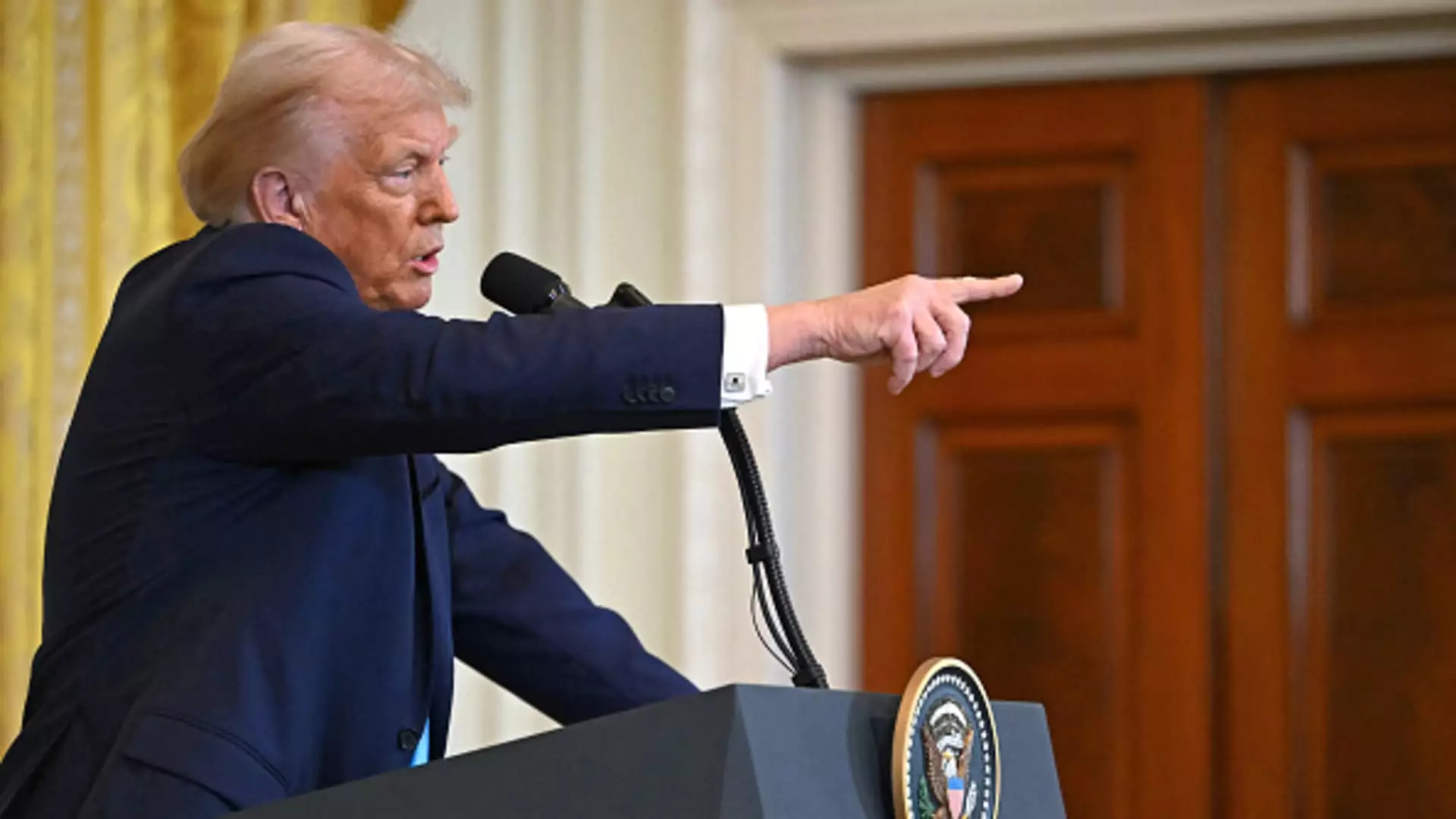The carried interest loophole remains one of the most contentious topics in the discussion of tax reform in the United States. By offering advantageous taxation rates for certain financial compensation, specifically to private equity, venture capital, and hedge fund managers, this loophole raises significant debates about equity and fairness in the tax system. Typically, general partners in investment funds earn a portion of the fund’s profits designated as carried interest, which is taxed at the more favorable long-term capital gains rate—currently around 20% plus an additional 3.8% for those subject to the net investment income tax. This stands in stark contrast to the higher income tax rate, which can reach up to 37%.
The disparity in how these earnings are taxed fuels arguments regarding economic justice. Critics assert that earnings from carried interest should be taxed as ordinary income, akin to typical wages, to ensure a fairer taxation system. As highlighted by tax expert Steve Rosenthal, this issue has sparked bipartisan discussions over the years; however, powerful industry lobbyists continue to staunchly resist the changes.
A Political Hot Potato
Recently, President Donald Trump convened with Republican lawmakers to discuss his tax strategy, which includes the contentious proposal of abolishing the carried interest loophole. This renewed focus on tax reform comes amid discussions concerning federal spending, making the carried interest loophole a focal point for those advocating for budgetary adjustments. Garrett Watson from the Tax Foundation noted that the objective to eliminate this tax advantage resonates with a wide array of political constituents. However, history indicates a significant barrier; lenders and investment firms heavily lobby against reformation efforts.
A notable instance of political effort to reform the carried interest loophole occurred during Trump’s first term—the Tax Cuts and Jobs Act of 2017 introduced changes but fell short of a complete repeal, only extending the holding period for long-term capital gains treatment from one year to three. Efforts to extend this period to five years in the Inflation Reduction Act were successfully quashed, illustrating how entrenched the interests in maintaining the loophole are.
Future Prospects and Economic Realities
Despite widespread acknowledgment of the inefficiencies regarding the carried interest loophole, proposals to revise its structure face intense industry opposition and a complex legislative environment. As political discussions about fiscal strategy continue, proponents of closing the loophole argue for its role in addressing broader budgetary shortfalls. However, revenue generated from eliminating the loophole is perceived as minimal when weighed against the extensive need for funding to sustain existing tax breaks and pursuing new initiatives.
Moving forward, the carried interest loophole will likely remain a focal point in tax discussions, given its implications for both fiscal policy and economic equity. The distinct divide between the interests of high-income investment managers and the broader public sentiment underscores the challenges of achieving a fairer taxation system. Pressing forward without addressing this delay in reform could perpetuate existing inequalities in the fiscal landscape, frustrating efforts to achieve a more balanced approach to taxation that benefits all layers of society.

